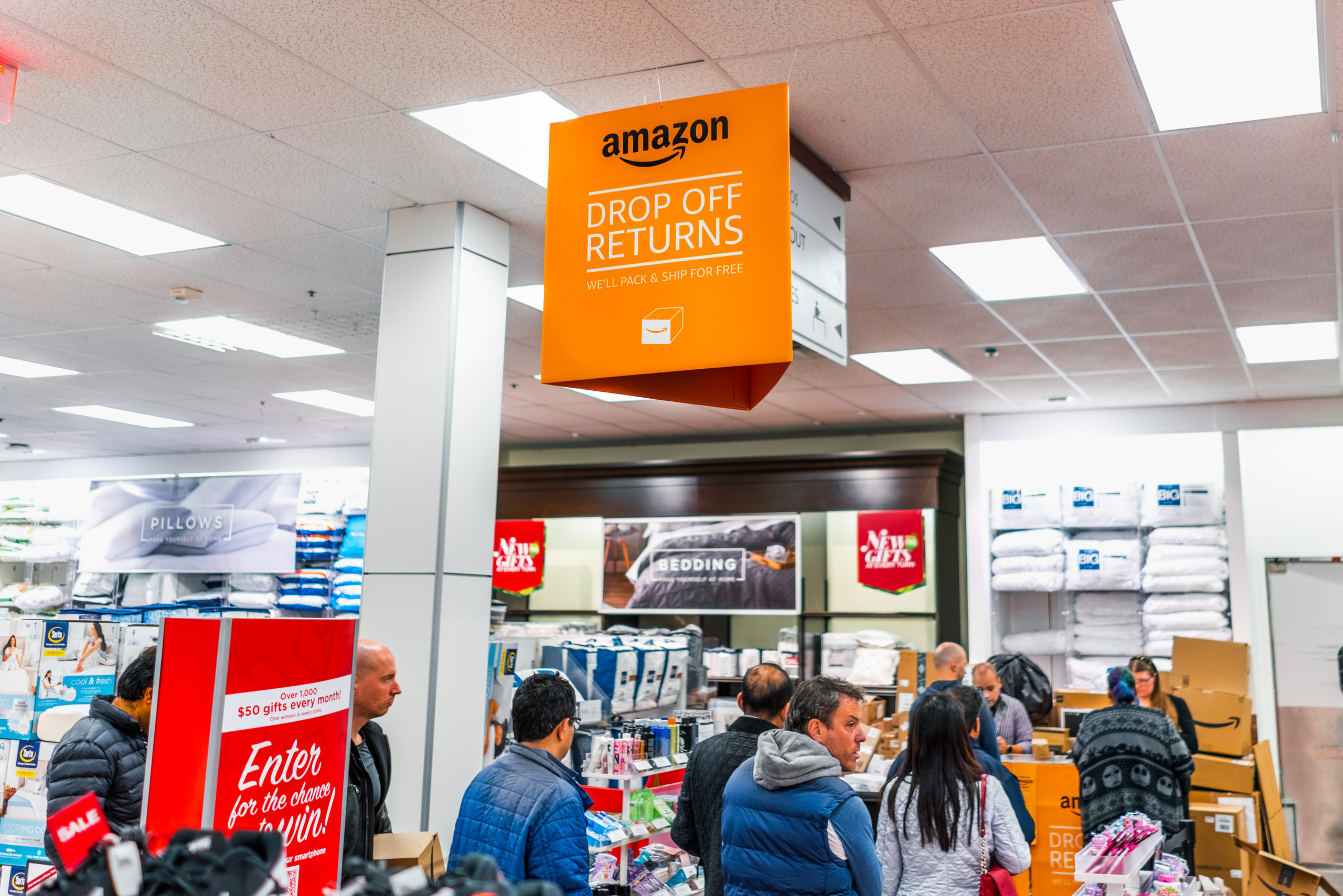Amazon Prime Day has returned. Typically held in July, the shift to mid-October is now being touted as the official kick off the 2020 holiday season. Not to be left behind, Walmart’s Big Sale and Target’s Deal Days are on the bandwagon – with other retailers quick to follow suit targeting sale-minded shoppers buying early this year.
Amazon Prime Day has returned. Typically held in July, the shift to mid-October is now being touted as the official kick off the 2020 holiday season. Not to be left behind, Walmart’s Big Sale and Target’s Deal Days are on the bandwagon – with other retailers quick to follow suit targeting sale-minded shoppers buying early this year.
The surge in early and online sales will not be the pandemic’s only effect on the sales cycle. Online sales are synonymous with increased returns. While most retail stores enjoy a relatively low 8-10% return rate, online returns can be as much as 25%. During heavy sales promotions? As high as 50%. And with this year’s accelerated schedule, “returns season” will now fall inside the traditional shopping season to a greater extent than ever before, leaving retailers to split resources between selling merchandise and processing inventory that in many cases is rendered unsellable.
This year, retailers and suppliers must prepare for the holiday sales season to coincide with returns season. This is how.
Plan for Capacity
You need a team to sell, but you also need one to accept returns. A focus on sales at the cost of returns will alienate customers returning merchandise, bolstering today at the cost of tomorrow. You also need physical space to house returns, and a process to rapidly return product to the marketplace to keep it working for you.
Secure Shipping Capacity
If there is an industry more affected by the pandemic than retail, it is shipping. Add to that holiday demand, events like Prime Day, and an early returns season, and backlogs are a certainty. Talk now with your carrier about increasing capacity, or consider additional carriers to match demand. And make sure your shipping strategy considers products returned as well as sold. Do not fall into the trap of planning for returns season to follow sales season. This year they will overlap.
Adaptive Inventory Planning
If the Prime Day migration works as intended, the starting-gun phenomenon that is Black Friday will end, and shopping will begin in earnest a month earlier than usual. Your inventory plan must reflect that. The longer sales cycle will translate to earlier returns, providing an opportunity to quickly get product back on the market to capture additional holiday sales.
The Cost of Doing Business
The cost of returns to retailers is undeniable. According to RSR Research, retailers lose up to a third of revenue to returns. Lost sales, product handling, and shipping costs add up quickly. Often, returned product can only be sold at 50% of initial value, if at all. To succeed this holiday season retailers must budget for the longest returns season in history.
2020 has been tumultuous for all industries, and retail is no different. This holiday season your sales strategy must rely more than ever on current market conditions, and less on “the way we’ve always done things.” If there is a silver lining, the burden of January returns will now be spread across November, December and beyond.
# # #
Lisa Cotter is an author, professor, and supply chain executive at some of the world’s largest retailers and manufactures. She is the founder of Nicollet Solutions, which has developed a proprietary SaaS data platform to reduce returns through greater consumer insight.
Sally Lange is a global sales, marketing and supply chain executive who has created innovative go-to-market strategies for many of the world’s largest retailers. She has served on the executive board of the Consumer Technology Association, and at Slang Consulting advises clients on transformative approaches to evolving markets


